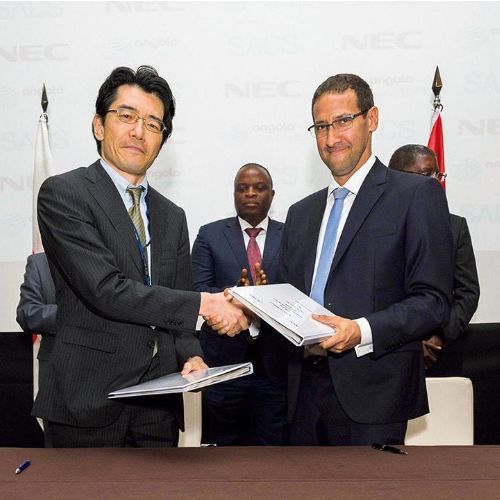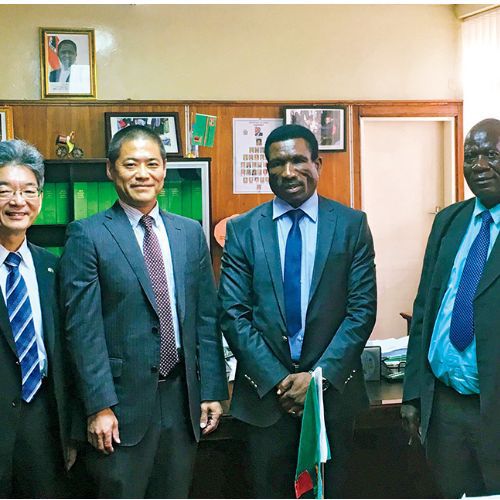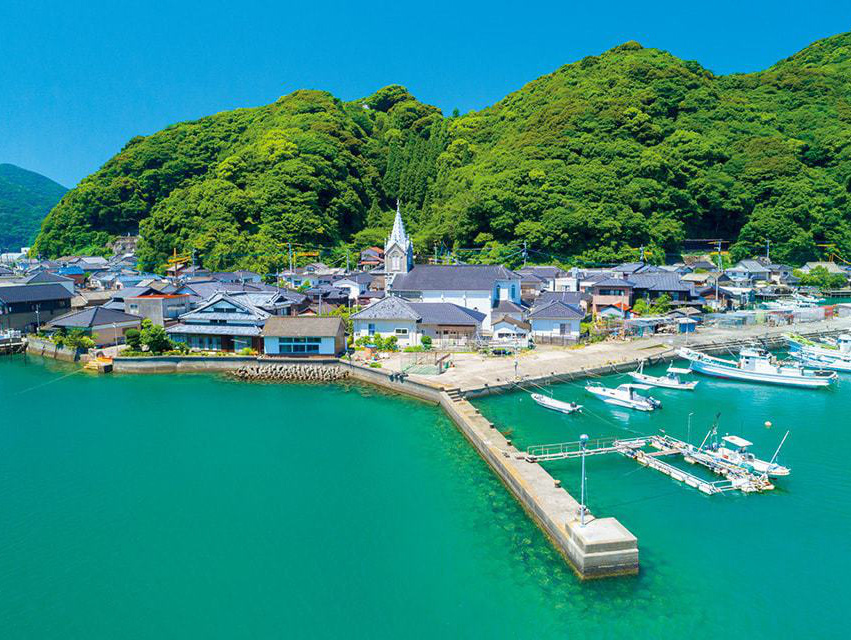
One of the 12 components of the sites: Sakitsu Village in Amakusa City, Kumamoto Prefecture.
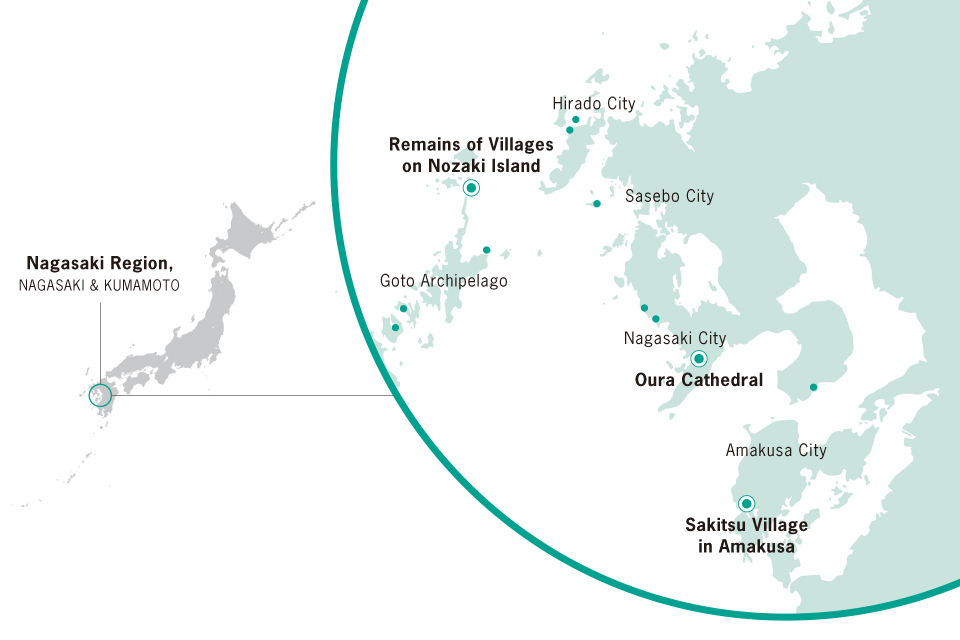
In June, UNESCO added Hidden Christian Sites in the Nagasaki Region to their list of World Cultural Heritage Sites. These sites have a rich history, dating back to the introduction of Christianity in the 16th century. From 1613, after Christianity was banned by the Tokugawa shogunate, these Christians continued to practice their faith in secret as Hidden Christians (Kakure Kirishitans), working as ordinary farmers and fishermen, some of them even moving to remote areas to develop the land. They passed their tradition on in secret until the government lifted the ban some 200 years later.
Remnants of a Once Flourishing Christian Community
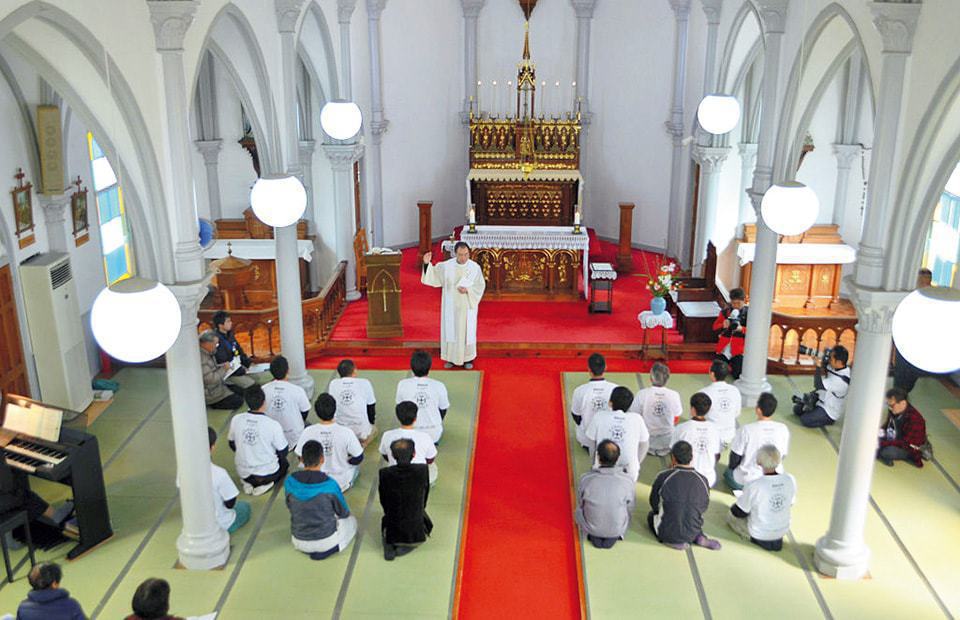
Sakitsu is a fishing village in Amakusa, Kumamoto, where missionaries succeeded in converting the majority of the population in 1569. During the ban, these Hidden Christians began to incorporate elements of Buddhism and Shinto into their worship. After the shogunate ended the prohibition, the Sakitsu Church enjoyed a renaissance. The church’s unique tatami flooring is a testimony to its ability to incorporate Christianity into local tradition.
On a Desert Island, a Monument to the Faithful
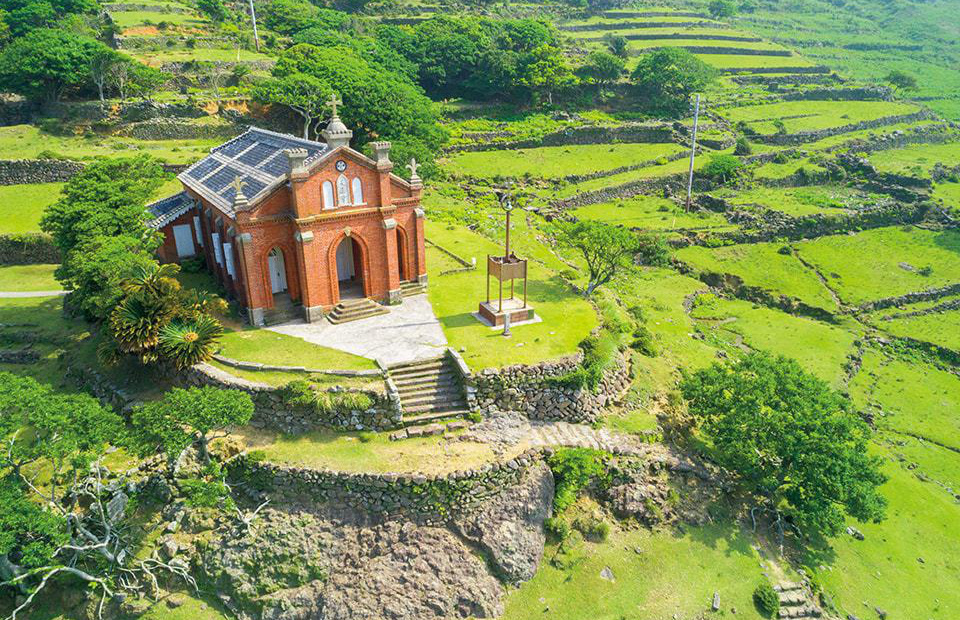
The Nokubi Church sits atop a hill on the now-abandoned Nozaki Island in the Goto Archipelago. It endures as a symbol of the devotion of the 600 Christians who once made this island their sanctuary.
A Symbol of Christianity in Japan
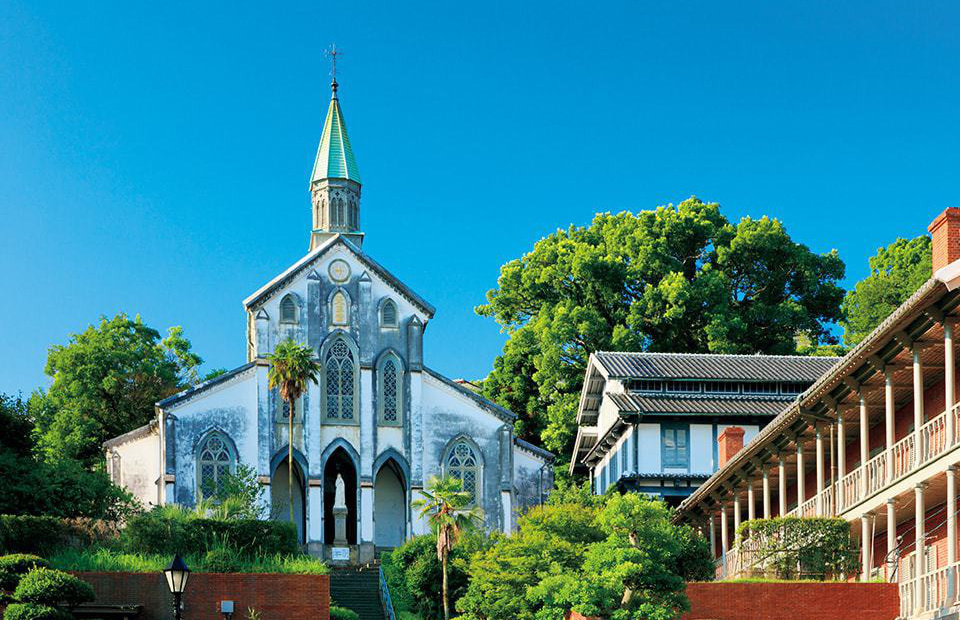
Overlooking the port of Nagasaki, Oura Cathedral is the oldest standing church in Japan. Built in 1864, this National Treasure is the location of the Miracle of the Orient and the Discovery of Hidden Christians, when a group of Christians came out of hiding to worship openly.



























